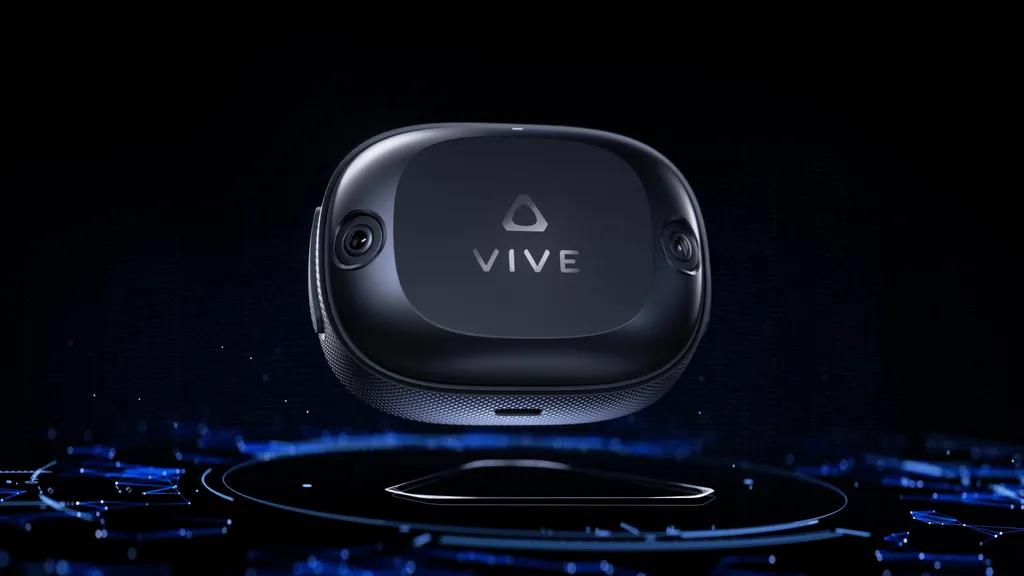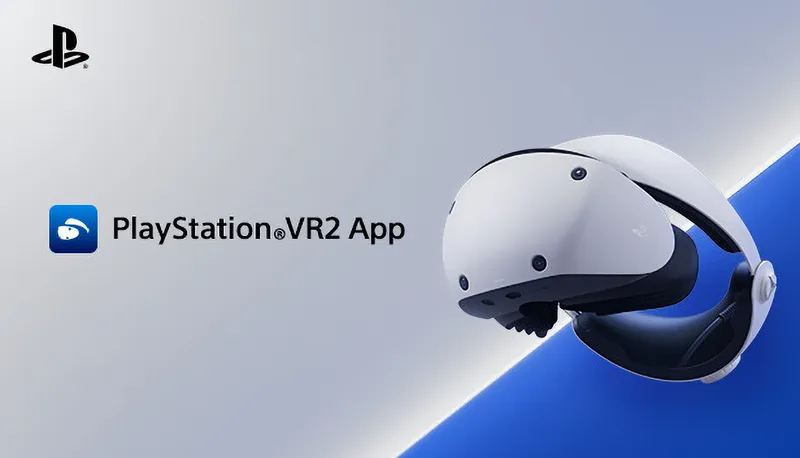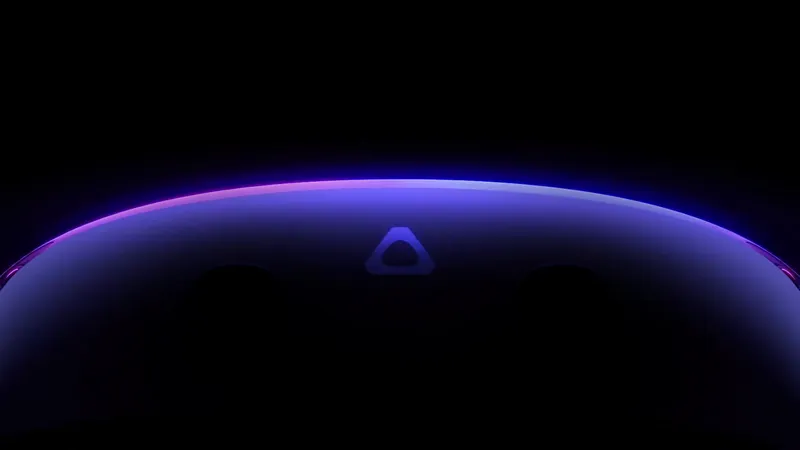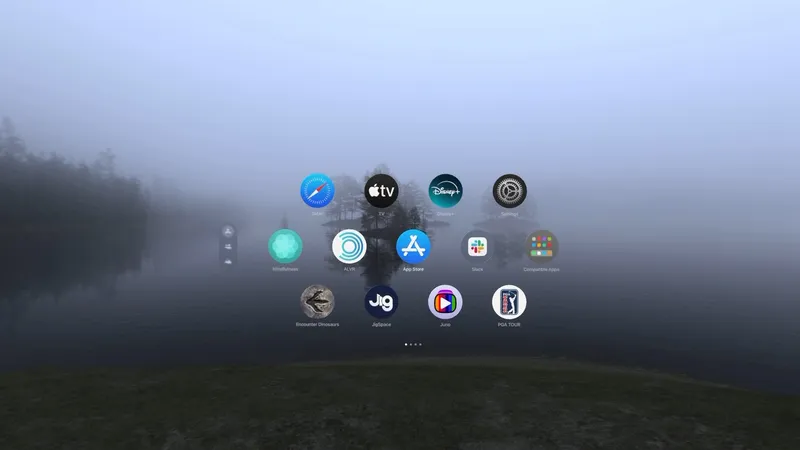HTC just launched Vive Ultimate Tracker, a self-tracking device that doesn't need base stations or a PC.
Vive Trackers are mainly used by VRChat users to track body parts such as their torso, elbow, legs, and feet to drive their avatar in real-time, and are also used by businesses in bespoke VR software to track real-world objects.
Previous Vive Trackers used Valve's SteamVR Tracking system and thus required SteamVR Tracking base stations. The new Vive Ultimate Tracker has two wide field of view cameras and an onboard chipset instead to perform inside-out positional tracking of the same kind most headsets now use to track themselves. This means it doesn’t need base stations nor to be within view of a headset’s cameras, and also means it can directly work with standalone headsets.
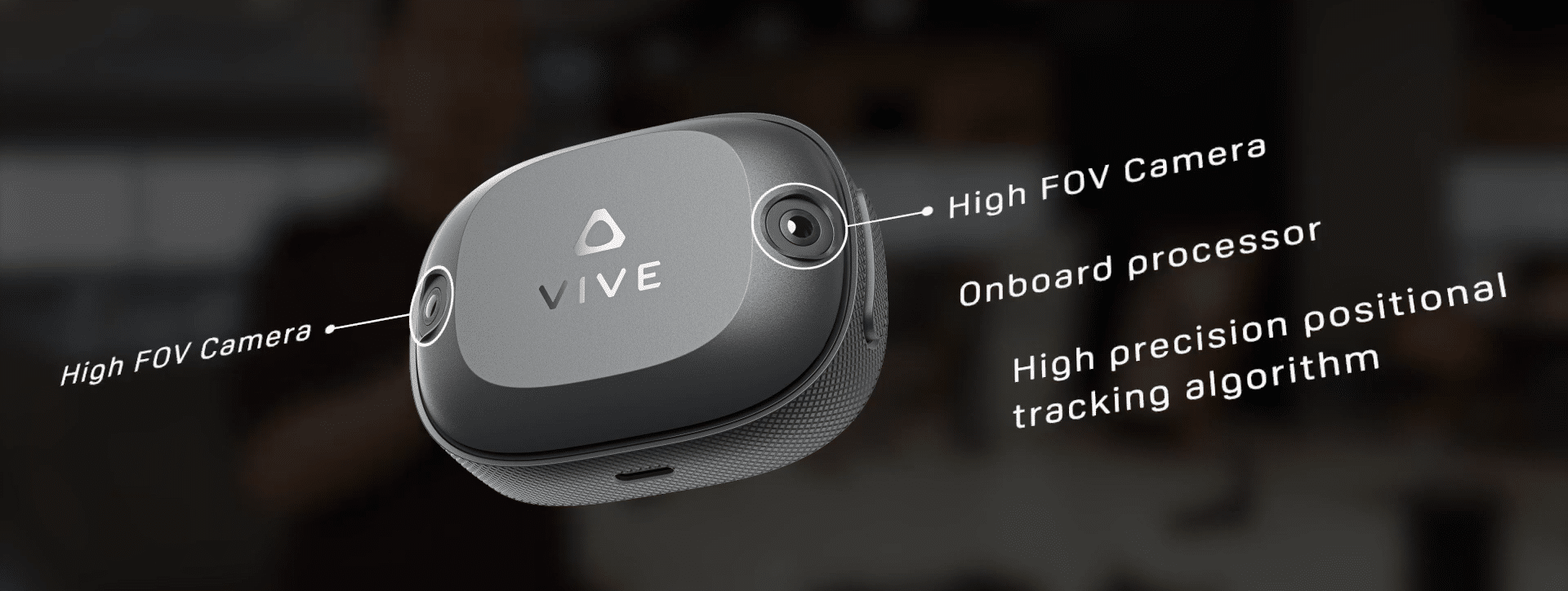
Vive Ultimate Trackers wirelessly connect to a USB-C dongle, which supports up to five trackers at once.
The dongle currently only supports HTC's standalone headsets, Vive XR Elite and Vive Focus 3. As part of this launch, HTC announced that VRChat is coming to the Vive XR Elite standalone store in December and will support body tracking via Vive Ultimate Trackers. Two other standalone games support body tracking at launch, Dance Dash and Skillshot.
HTC also plans to support third-party standalone headsets, which may include Meta Quest, at some point in the future - though there's no estimated timeline for that.
But Vive Ultimate Trackers aren't limited to only standalone VR. They already work on SteamVR via HTC's built-in PC VR streaming feature for Vive XR Elite and Vive Focus 3, and in "the coming weeks" HTC plans to add beta support for connecting the dongle directly to a PC to work with any headset in SteamVR. That will require manual calibration between tracking systems though, which won't be required when using a HTC standalone headset.
Vive Ultimate Tracker is approximately 50% smaller than Vive Tracker 3.0, though it's 25% heavier at 94 grams.
HTC says you'll get up to 7 hours of battery life, very close to the 7.5 hours it quotes for Vive Tracker 3.0.
Like previous models, Vive Ultimate Tracker supports standard 1/4” threaded screw mounting, the same used by cameras and speakers. There’s also a new magnetically-attaching clip mount, and HTC says it will release the CAD files so people can 3D print their own mounts and accessories.
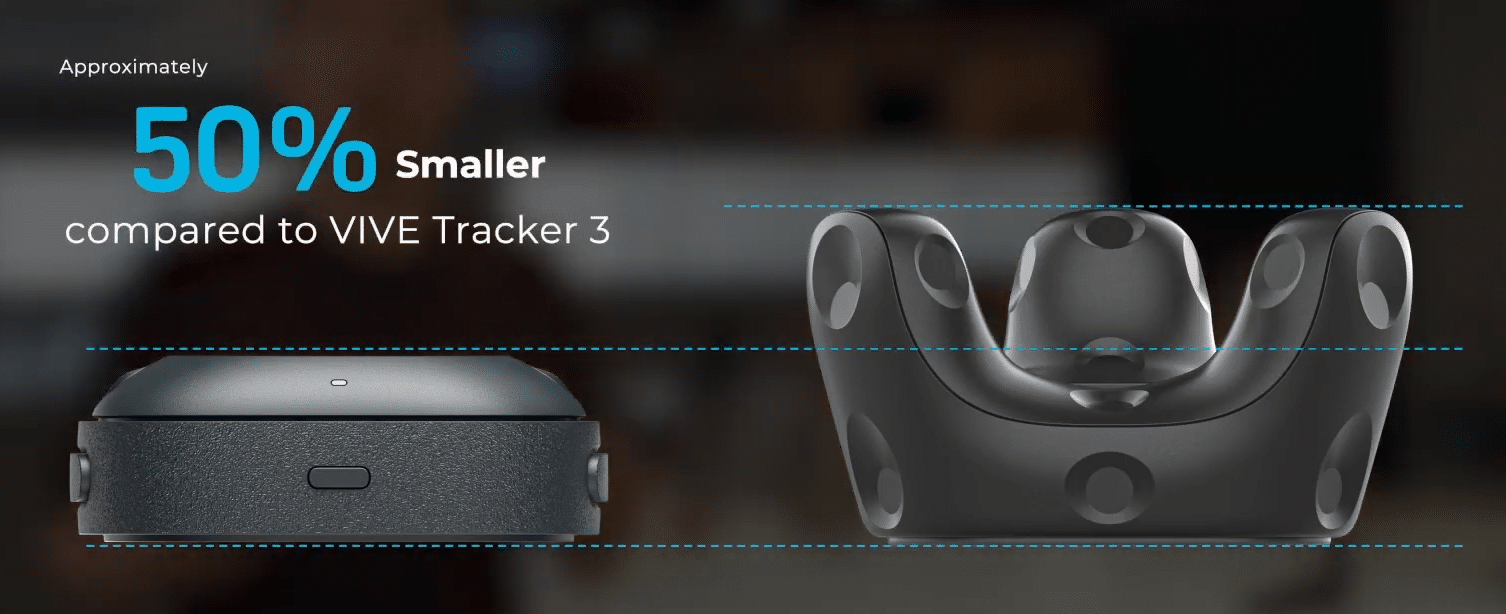
Vive Ultimate Tracker is priced at $200 each, and the required USB-C dongle costs $40 extra. You'll want at least three trackers for body tracking, and HTC will sell you a three-pack with the dongle for $600.
It's more expensive than Vive Tracker 3.0, which are normally $130 each, but less expensive if you don't already have base stations. Vive Ultimate Tracker doesn't replace Vive Tracker 3.0 though – both will be sold alongside each other.
To actually attach Vive Ultimate Trackers to your body, you'll also want the TrackStraps by Rebuff Reality, which HTC is officially partnered with and sells from their website. It's priced at $50, but until the end of this year HTC is including it for free in the $600 three-pack bundle.
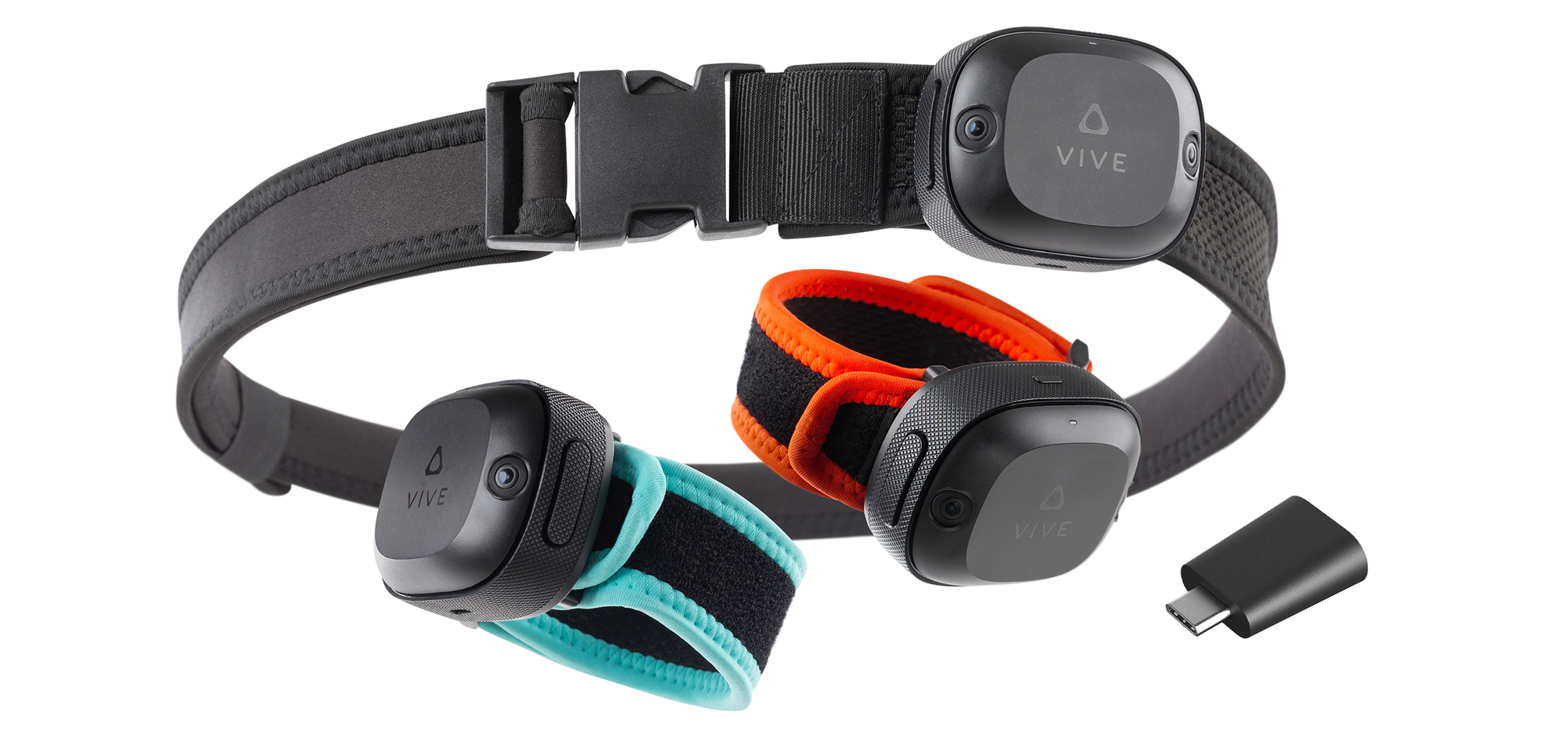
The Vive Ultimate Trackers bundle is priced higher than Sony's $450 Mocopi, which works with VRChat on Meta Quest standalone via a phone app. But Mocopi uses only accelerometers and gyroscopes (IMUs) combined with a skeletal estimation model, while Vive Ultimate Trackers provide true six degree of freedom (6DoF) tracking.

